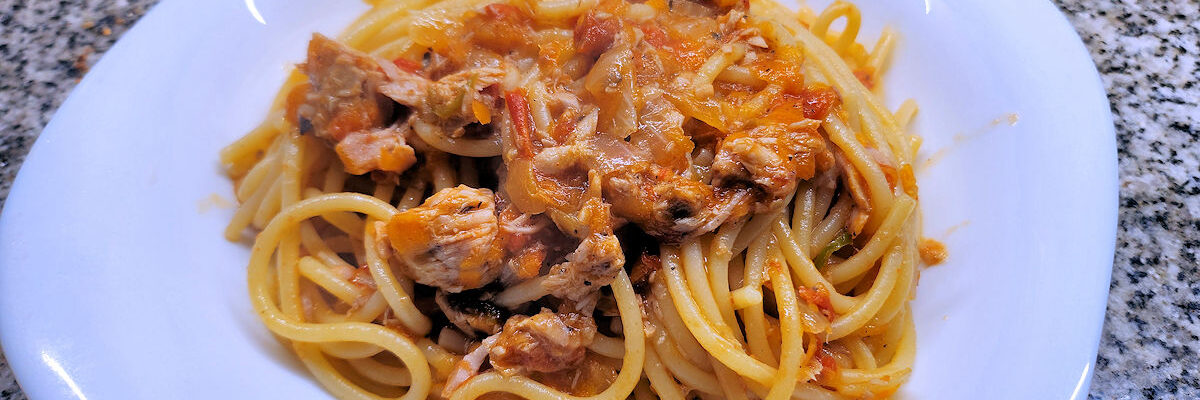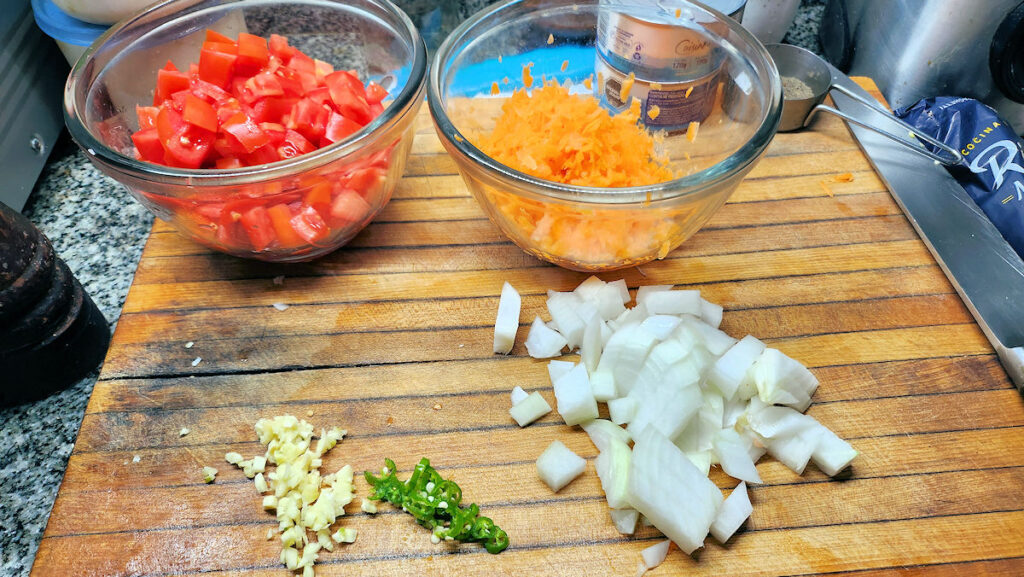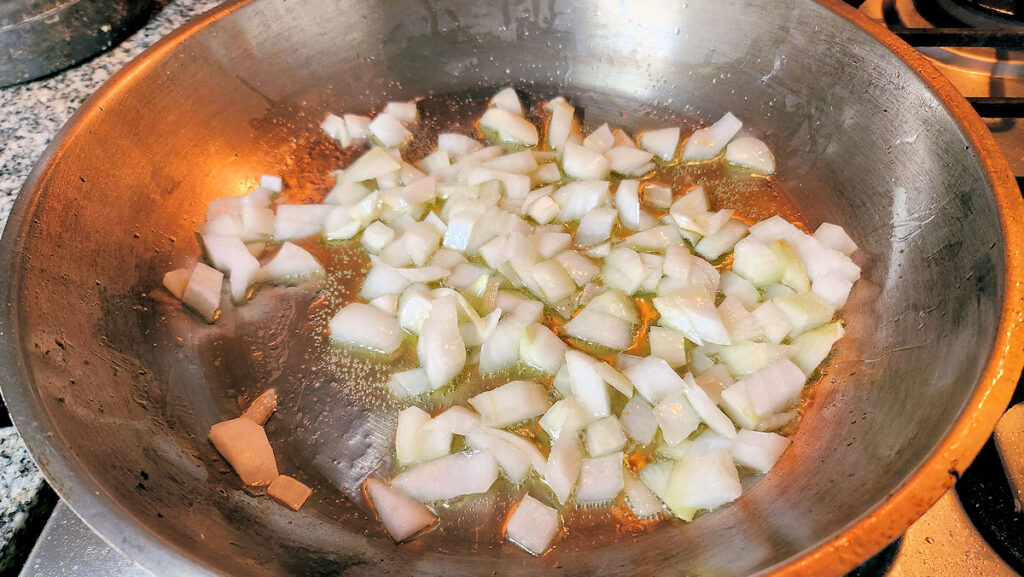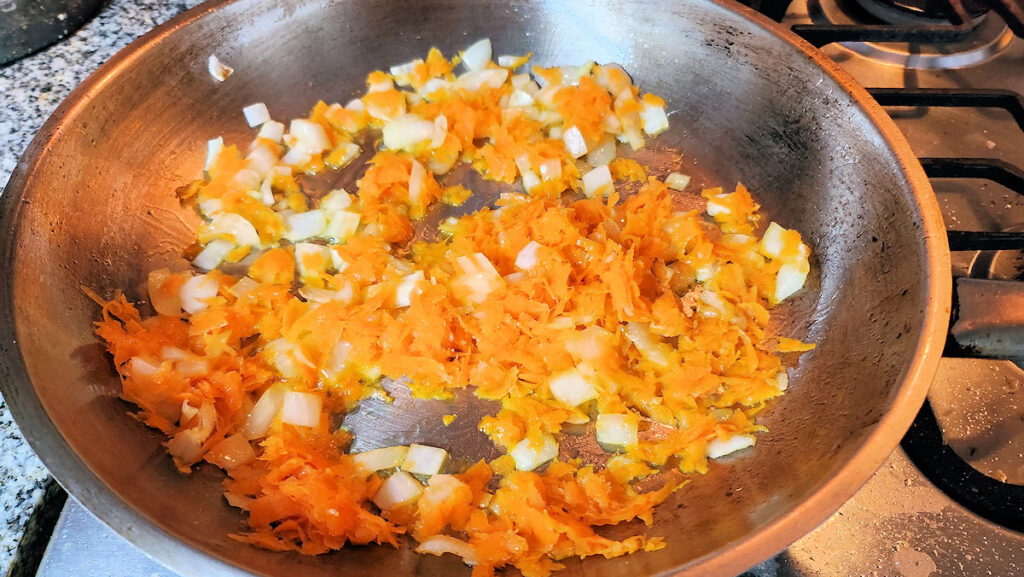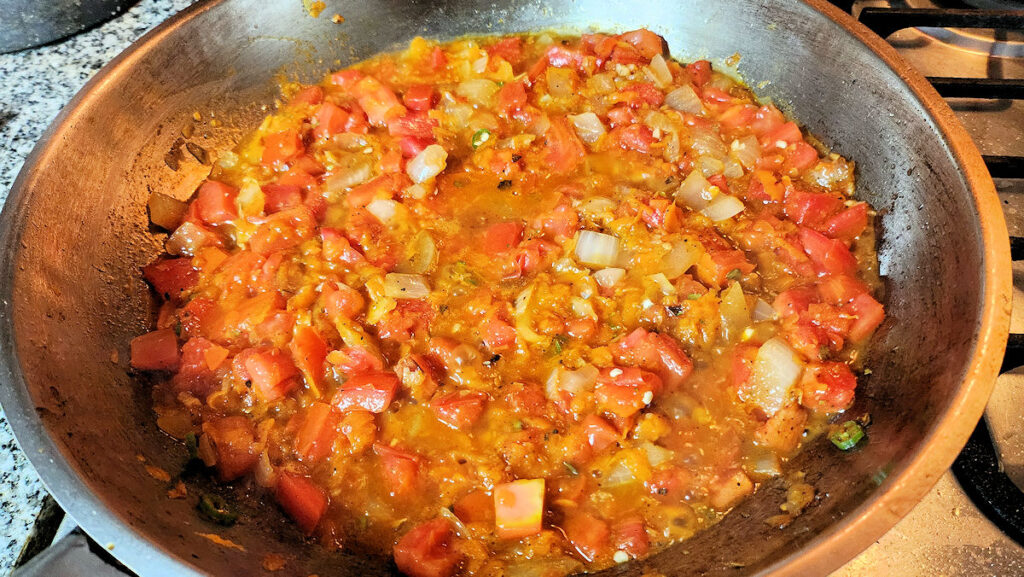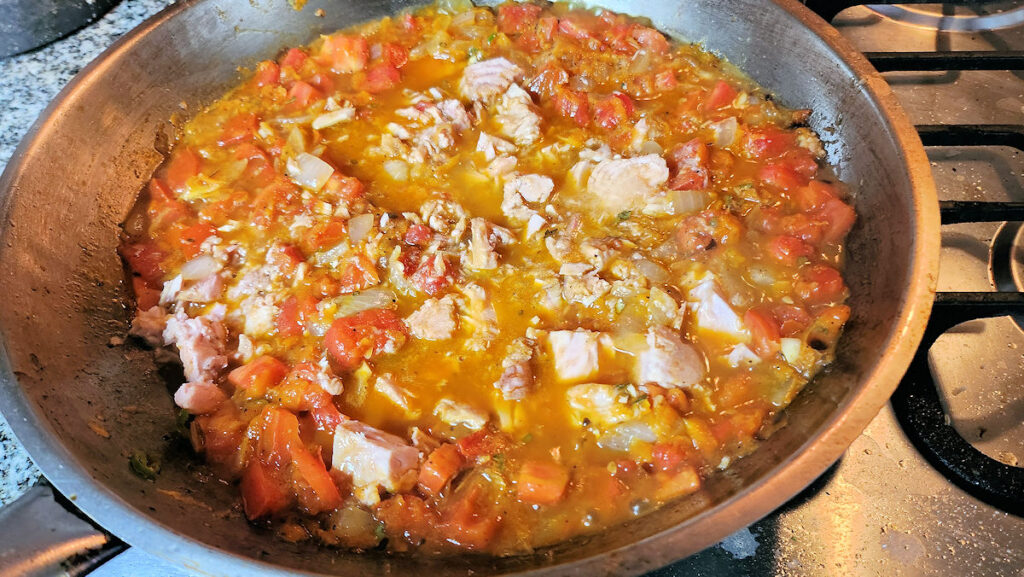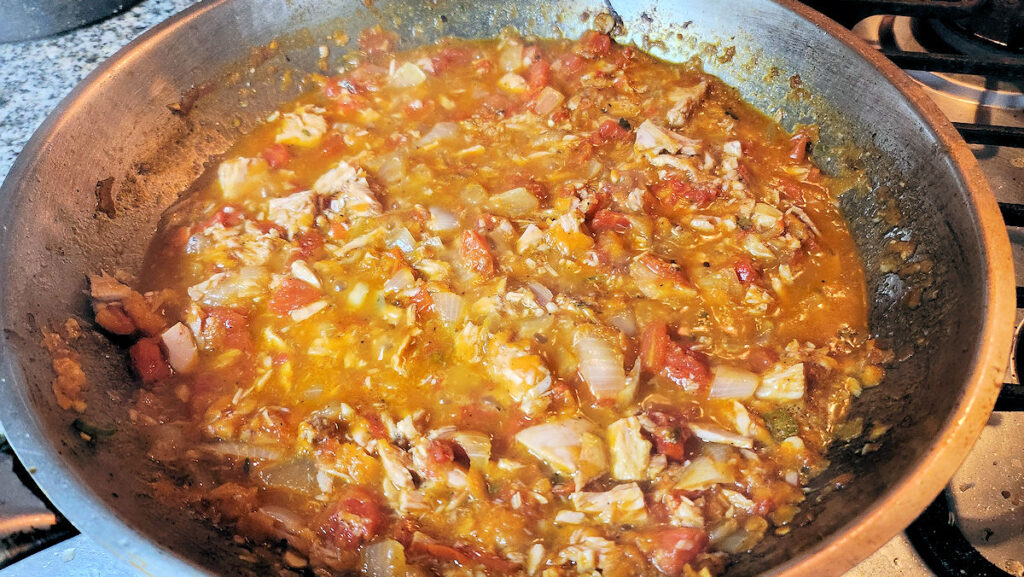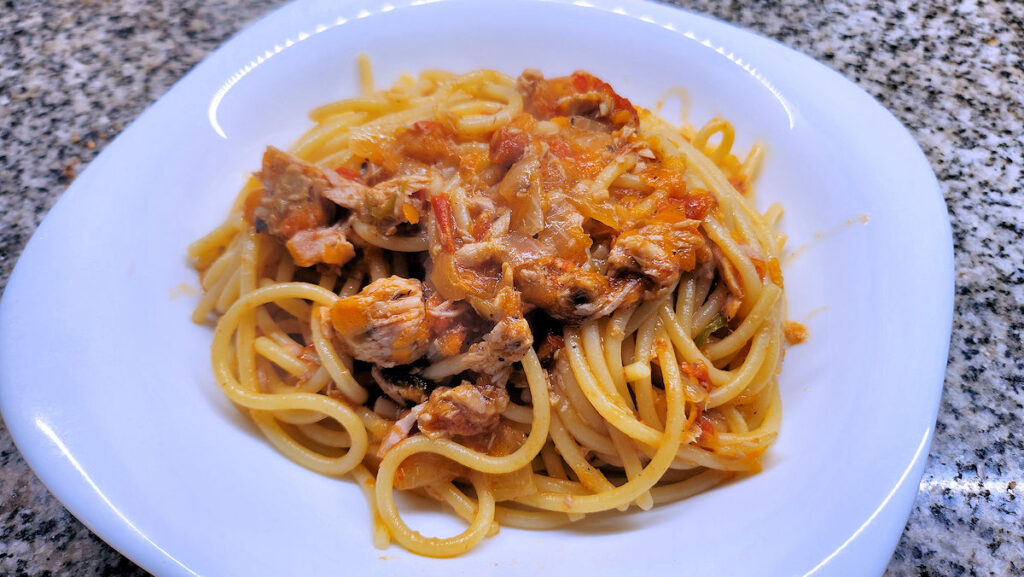If you’re from the silent or boomer generations, there’s a good chance you grew up with the dread, yet somehow nostalgic, “tuna noodle casserole”. You know, that one mom threw together in exasperation just to get something on the table. While a recipe for something approaching it, Noodles and Tuna Fish en Casserole, first appeared in Sunset Magazine in 1930, thank you very much “Mrs. W.F.S.” of Kenwich, Washington, it began to appear in one guise or another over the following years. It made an appearance in The Modern Hospital magazine a year or so later as a part of a suggested recovery diet, and first appeared in a cookbook, Cook Book of Many Lands, two years later, published by the Oregon PTA. The version then was basically some sort of noodle, canned tuna, and “white sauce”. Mushrooms appeared in some versions, including as an option in Mrs. W.F.S.’s original version.
But it wasn’t until the late 1940s that Campbell’s Soup Company ran with the white sauce and mushroom idea and began to push a recipe using their Cream of Mushroom soup. From there, it became a staple of dinner tables throughout the 1950s and 1960s. It was easy, cheap, and nutritious to prepare. It could be given some texture by the addition of things like breadcrumbs, grated cheese, or crushed potato chips on top. Decorative elements – strips of roasted peppers were common – were added to dress it up. Vegetables were added – canned or frozen peas were the most common, but some folk got really fancy and used “mixed vegetables”. And although not the staple of cookbooks and food shows, nor, probably, Tik-Tok videos, it is apparently still a staple of the dinner table today, particularly in lower income households.
On to the non-casserole pasta I’m presenting today. A classic of the Peruvian table, tallarines con atún, or linguini (or tagliatelle) with tuna. While some writers wax poetic about it’s long provenance, it’s more likely that it came into the local cuisine around the 1960s, perhaps even later. One has to remember that canned tuna didn’t exist in ancestral times – it’s only a little over 100 years old. More in-depth food historians point to it coming from Spain, while a couple of Spanish researchers claim it as a traditional recipe from some nebulous part of Italy. And while Italian immigration to Peru was primarily a mid to late 19th century wave, most of them came from the north, from the area in and around Liguria. There are Ligurian seafood pasta recipes around, but nothing that to me suggests a precursor for this dish. Still, it certainly shares elements with Spaghettoni alla caprese con tonno, from Naples, which I’ve presented before (though, no cheese) – and there was a post-WW2 Neapolitan immigration to Peru, so the timeline fits.
Let’s start with our ingredients. A small onion, two or three plum tomatoes, two cloves of garlic, a chili, a carrot, two cans of tuna (water packed preferred or the dish can get a bit oily), a half teaspoon of salt, teaspoon of pepper, teaspoon of paprika (usually either sweet or smoked, not hot), and a half teaspoon of crushed bay leaf (or 1 whole bay leaf that you’ll remove later). And, the pasta. Usually we use what are labeled as tallarines here, basically linguini or tagliatelle – something slightly wider than spaghetti, but this is what was in the pantry and I didn’t feel like going out for a different package.
Dice the tomatoes and onions, finely chop the garlic and chilies, and grate the carrot.
In a little oil, sweat the onions until soft over low heat, about five minutes.
Add the grated carrot, and continue to cook over low heat until the carrots almost melt – they should be very soft and easy to just sort of mash up. They end up disappearing into the sauce.
Add the tomatoes, garlic, chili, and spices and continue to cook – I raise the heat to medium at this point. This is when I’d put the pasta in boiling salted water.
The tomatoes will release their liquid and begin to fall apart, about 5 minutes.
Add the tuna along with the liquid in the cans. Break it up as it melds together. The tuna is already cooked, so this is really just a minute or so.
Add some pasta water to add a little salt and starch.
When the pasta is about two minutes short of its recommended cooking time, add it to the sauce and finish cooking it in the sauce. If it absorbs too much of the liquid, just add a little more of the pasta cooking water.
And reduce it down to get a rich, thick sauce that coats the pasta.
Enjoy!
